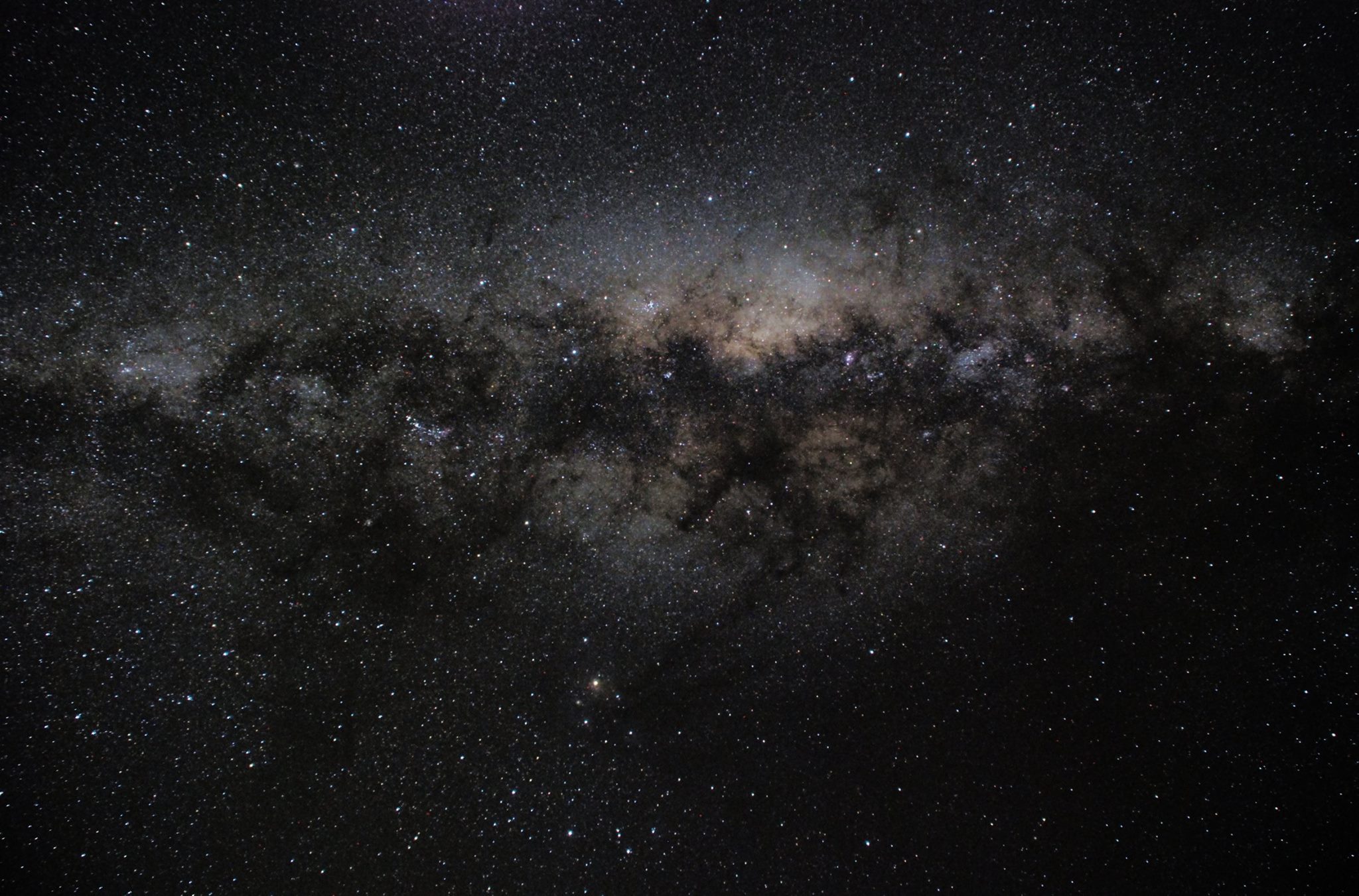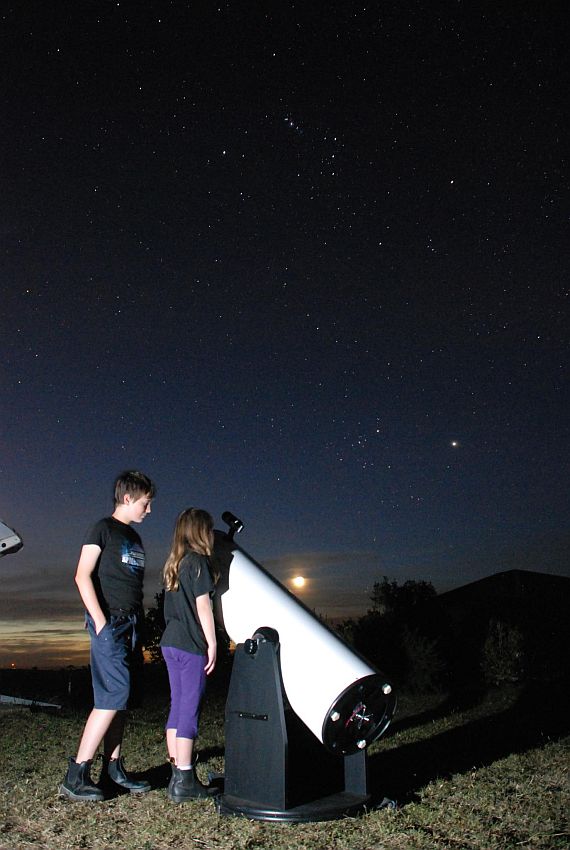Bathurst Observatory Research Facility
Bathurst NSW Australia
Please like our Facebook page for latest news and images!
https://www.facebook.com/BathurstObservatory/
Bathurst Observatory Research Facility is an observatory site primarily for education, research and study, though we do offer general public viewing nights.
Open Nights Star Tours Available Now (conditions and limits apply)
Bookings will be essential for all tours.
(All tours subject to weather)
Tours are underway at the new site. The site is not complete yet, however, are able to offer tours to help complete other facilities.
Tours will be generally be available most Friday and Saturday nights.
No tours in the week of Full Moon
Please note that the main telescope is pretty big and requires use of a small stepladder for viewing. Please advise if you would have difficulties with steps and we can set up a different telescope.
* There may be some mid week research nights where tours are not available.
Reduced Tours Prices for groups
Costs :
As the site is not yet complete with all facilities, we are asking for donation towards completion (an amount you think is fair for the tour and my time).
(Note: we have NO credit card facilities)
Tour bookings and Enquiries, phone (0427292214 Please leave a message as we screen out spam calls), or email us. (Email is by far the best way to get us, if you don’t get a reply it means you have us blocked!!! Please change your settings!).
Tours require bookings and are weather dependent. (We can’t see stars through clouds!) Tour duration is about 1 hour, depending on time of year.
Our FaceBook page https://www.facebook.com/BathurstObservatory/ is regularly updated, so have a look for the latest news and images from the observatory.
Keep up to date with our latest News.
Please Subscribe to our Newsletter.
We value your privacy and do not share your information.



Tours 'should' be available during the school holidays, subject to weather (and as usual, not near full Moon). I will post tour availability generally a week ahead of upcoming tours. This time of year though, they are pretty late at 9:30 pm. I will need to do some telescope testing though too, to make sure al is fine! Looking forward to being back at the scope! ... See MoreSee Less
Comment on Facebook
Here are some of the images from Bathurst Observatory of the Aurora on the evening of the 12th of November. There were not as many rays in this display as in others, but it did extend over a wider area. One interesting sight was the appearance of the rarer SAR arc. This SAR is caused a little differently from the aurora itself and arises from thermal emissions rather than particle ionisation as in the aurora itself. The SAR can be seen as a broad darker red arc above the aurora in some of these images. Cloud to night will rule out more images here. ... See MoreSee Less
Comment on Facebook
Thankyou for these lovely pictures. I am puzzled by comments in various places that the aurora can only be seen in photos - is this true? If it can only be seen in photos then I don't understand all the excitement. Sorry if this is a dumb question 😅
Thanks for the explanation I have photographed it 3 times this year and the first 2 in Jan and Jun over my back fence in Blayney which fortunately faces south over some farmland and they had a lot more streaks but this 3rd one I did at Carcoar Dam and it was larger and more vibrant and solid.
Amazing, is there a certain time frame to see it tonight or will it go all night?
Great job on capturing the Aurora
View more comments
Auroral storm in progress tonight and likely into the night of the 13th as well. I'll post some of my images tomorrow. ... See MoreSee Less
www.facebook.com
Send a message to learn moreComment on Facebook
Sorry for not posting in a while. Still recovering and getting physio. Hoping to be back at the telescope soon. I have been keeping my eye on comet Lemmon A6 and its prospects for November. It should be visible very low in the west from about the first week of November. But I'm not overly hopeful of seeing it, as it will be fading and somewhat lost in twilight and sets pretty much just as its getting dark.. ... See MoreSee Less
www.facebook.com
Send a message to learn moreComment on Facebook
Galaxy season. With the milky way getting lower in the west of an evening, now is the time to turn the telescope beyond our galaxy and view distant ones, Like NGC 253, the Sculptor Galaxy. I hope to back on my feet for tour ASAP, and getting physio to speed that along. This image of NGC 253 was taken last year, but today I got around to tweaking it. ... See MoreSee Less
Comment on Facebook
Tours should be available again as soon as full moon has past (sadly this rules out the long weekend). Saturn will be a highlight of tours in coming months! I’ll post next tour dates just after the long weekend! PS on the mend after my recent incident, thank you for the messages. ... See MoreSee Less
Comment on Facebook
I seen a meteor or comet tonight just before 9pm at Burraga it was green it had a long tail at first I thought it was a car speeding through a paddock beside me and then continued on toward the arkstone area
Thanks to everyone for the support after an unexpected brief stint in the hospital. I am on the mend and hope to back on deck imaging the comet and doing tours as soon as my doctor gives me the ok!! ... See MoreSee Less
Comment on Facebook
Keep well Ray. Bathurst Legend
Through high cloud moving in from the west, and hence the hazy look. Here is comet Swan25B on the evening of the 15th in twilight, before blocked by cloud. The bright star is Spica in Virgo. ... See MoreSee Less
Comment on Facebook
Found it
Nice capture, I moved my scope location in the backyard to get away from the house blocking the view today, sunset and ☁️☁️☁️🙄
Swan25B on the evening of the 14th Sept. The comet does appear a bit brighter and a disconnection event in the ion tail, not far along from the coma. Bathurst Observatory Research Facility ... See MoreSee Less
Comment on Facebook
Can you post with a ra and dec please as I tried to find it tonight and couldn’t any help Would be appreciated